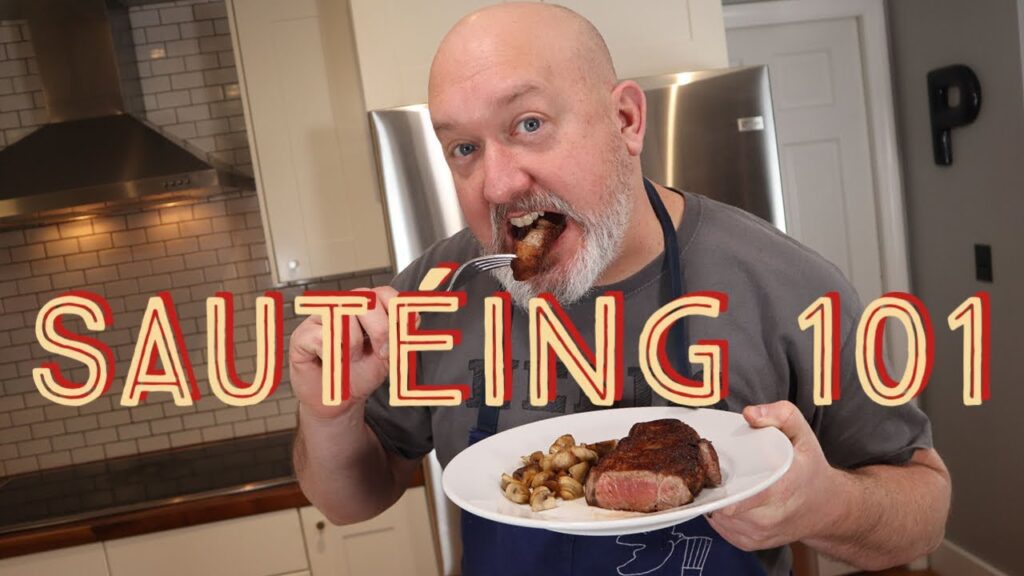Sautéing is a cooking technique that involves quickly cooking food in a small amount of fat over high heat. It requires the right pan, preparation of ingredients, getting the heat right, using different sautéing techniques, and seasoning. Finishing touches like deglazing and adding butter can enhance the flavor of your dish. Practice is key to mastering sautéing, and with time and patience, you can become a pro. By following these beginner’s tips and tricks, you can create delicious and flavorful sautéed dishes in no time. Happy cooking!
Sautéing 101: A Beginner’s Guide to Mastering the Perfect Sauté
Introduction
Sautéing is a cooking technique that involves quickly cooking food in a small amount of fat over high heat. It’s a versatile cooking method that can be used for a wide variety of ingredients, from vegetables to meats to seafood. With the right techniques and a little practice, you can master the art of sautéing and create delicious, flavorful dishes in no time.
Choosing the Right Pan
One of the most important things to consider when sautéing is the type of pan you use. A good sauté pan should have a large, flat bottom and tall, straight sides. This will allow you to cook ingredients quickly and evenly without crowding the pan. A non-stick pan is a great option for beginners as it makes it easier to prevent food from sticking.
Preparation Is Key
Before you start sautéing, it’s important to have all your ingredients prepped and ready to go. This means chopping vegetables, trimming meats, and measuring out any seasonings or sauces you’ll be using. Having everything prepared in advance will make the cooking process much smoother and more enjoyable.
Getting the Heat Right
One of the most important aspects of sautéing is getting the heat right. You want to cook your ingredients over high heat to achieve that perfect sear, but you also need to be careful not to burn them. Start by heating your pan over medium-high heat, then add your oil or fat. Once the oil is shimmering, you’re ready to add your ingredients.
Sautéing Techniques
There are a few different sautéing techniques you can use, depending on the type of food you’re cooking. For vegetables, you can use a tossing motion to evenly coat them in the oil and cook them quickly. For meats, you can use a combination of flipping and stirring to ensure even cooking. Experiment with different techniques to see what works best for you.
Seasoning and Flavoring
Don’t forget to season your ingredients while sautéing. A little salt and pepper can go a long way in enhancing the flavors of your dish. You can also add herbs, spices, garlic, or other seasonings to create a more complex and flavorful dish. Be sure to taste your food as you go and adjust the seasonings as needed.
Finishing Touches
Once your ingredients are cooked to perfection, it’s time to put the finishing touches on your dish. You can deglaze the pan with wine, broth, or other liquid to create a tasty sauce. You can also add a pat of butter or a splash of cream for a rich, decadent finish. Have fun experimenting with different finishing touches to elevate your sautéed dishes.
Practice Makes Perfect
Like any cooking technique, mastering the art of sautéing takes practice. Don’t be discouraged if your first few attempts aren’t perfect – just keep practicing and experimenting with different ingredients and techniques. With time and patience, you’ll become a sautéing pro in no time.
Conclusion
Sautéing is a versatile and rewarding cooking technique that can take your dishes to the next level. By following these tips and tricks for beginners, you’ll be well on your way to mastering the perfect sauté. So don your apron, grab your sauté pan, and get cooking!
